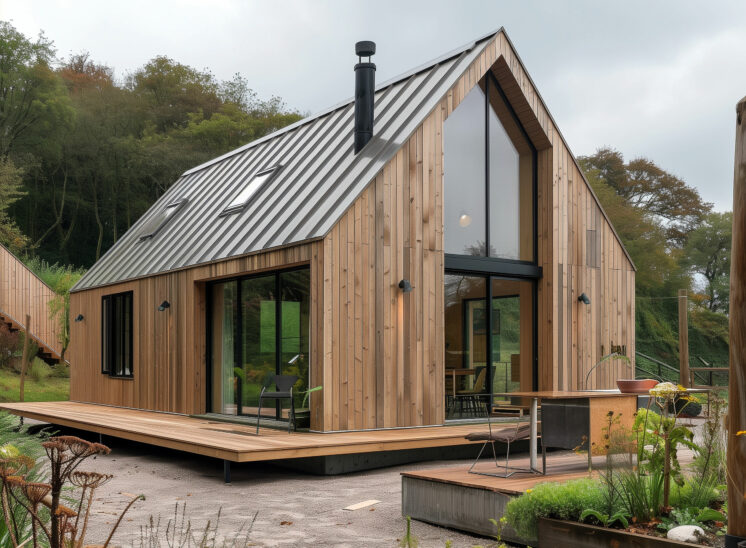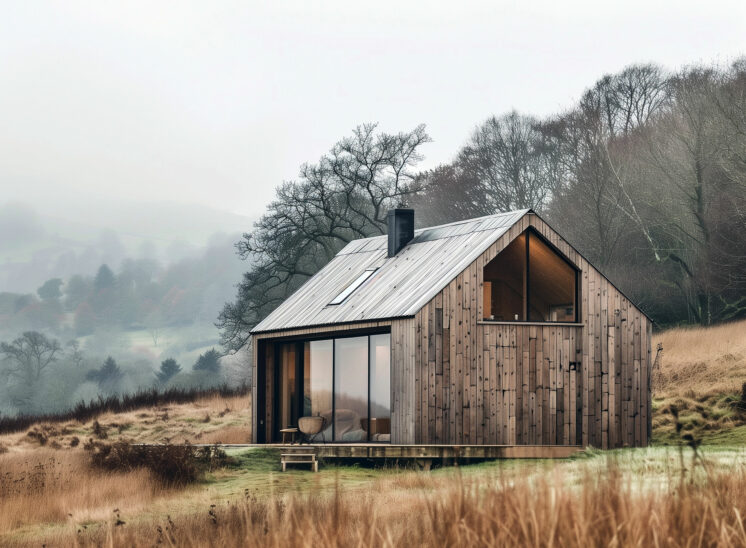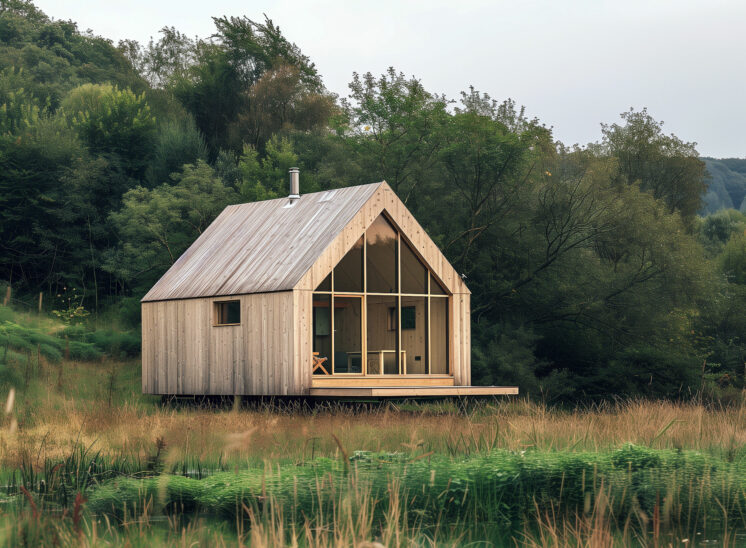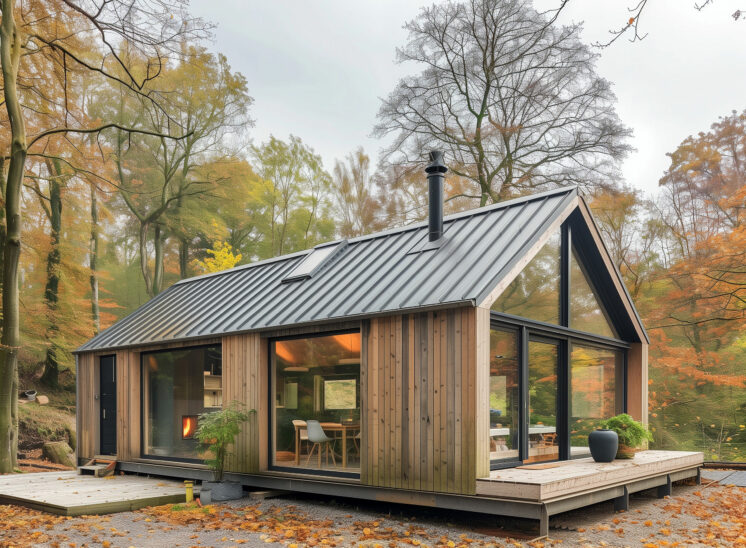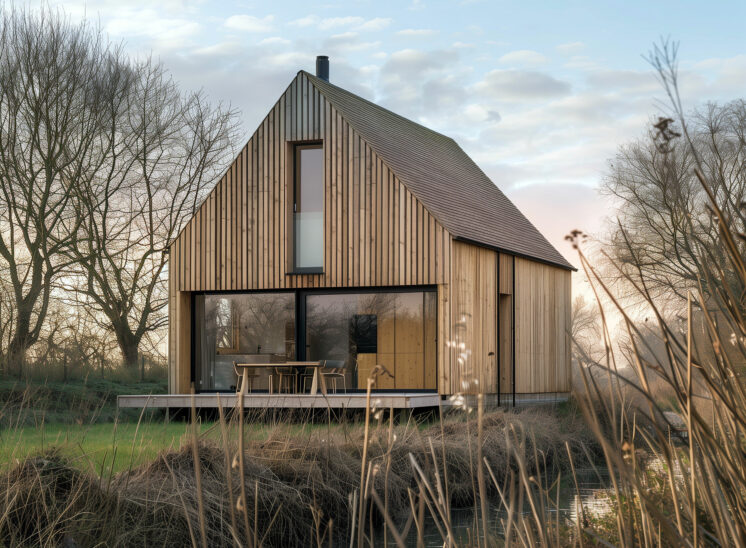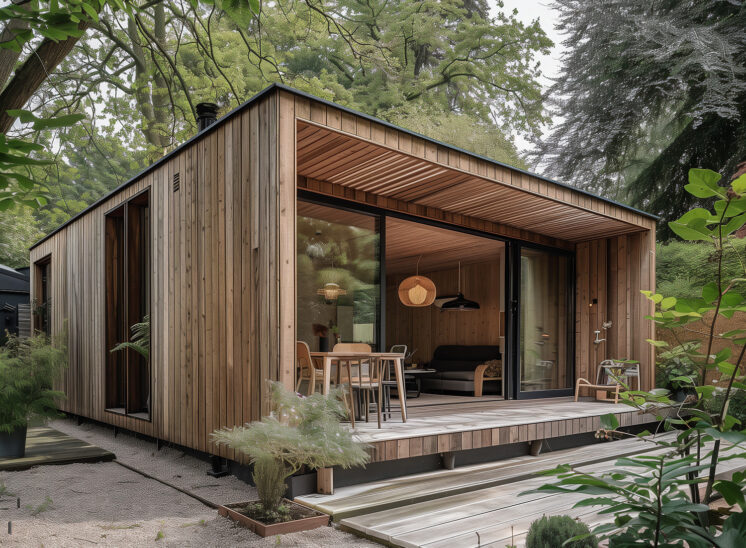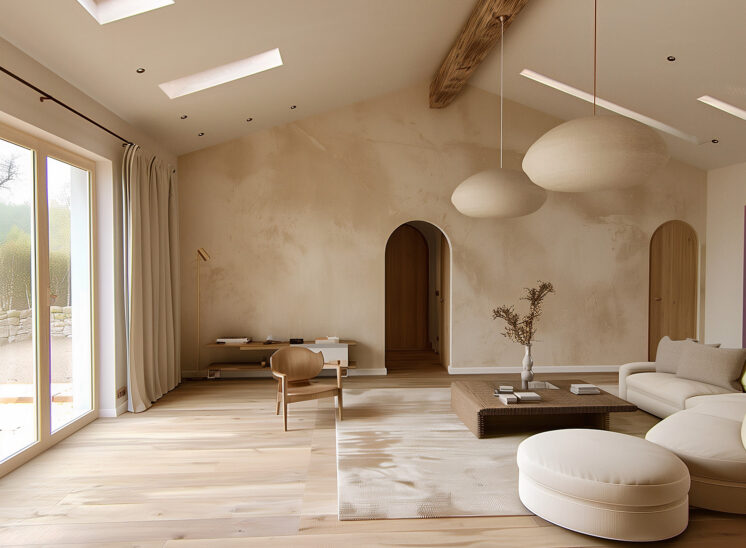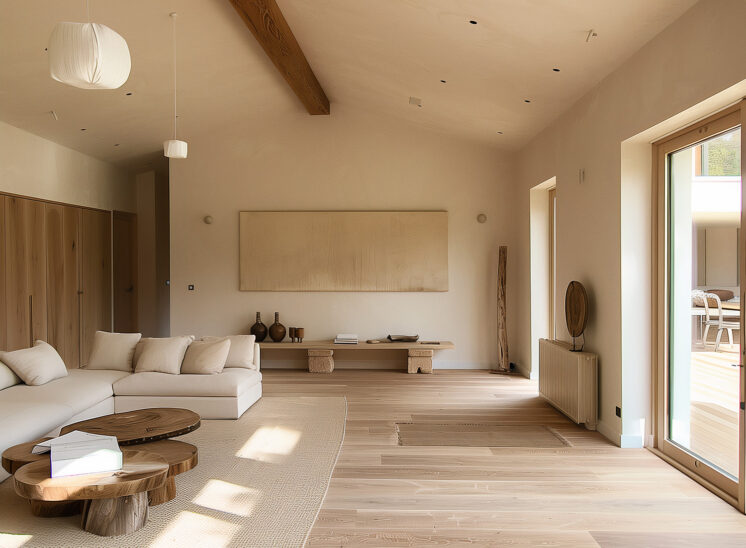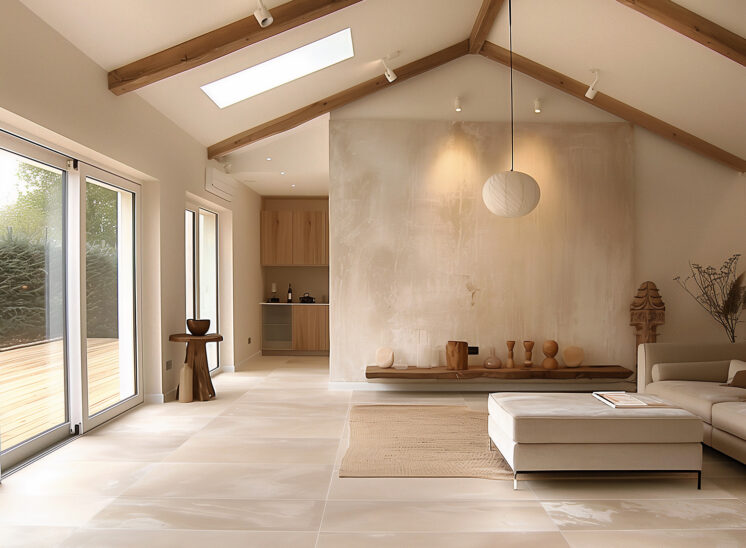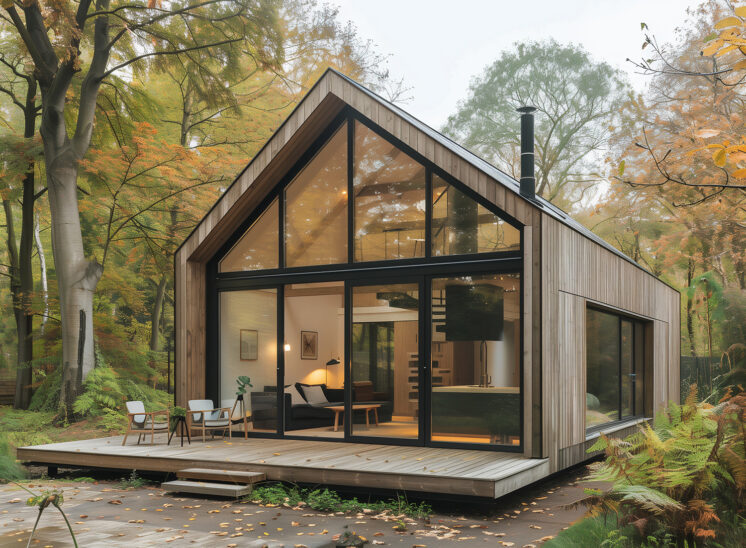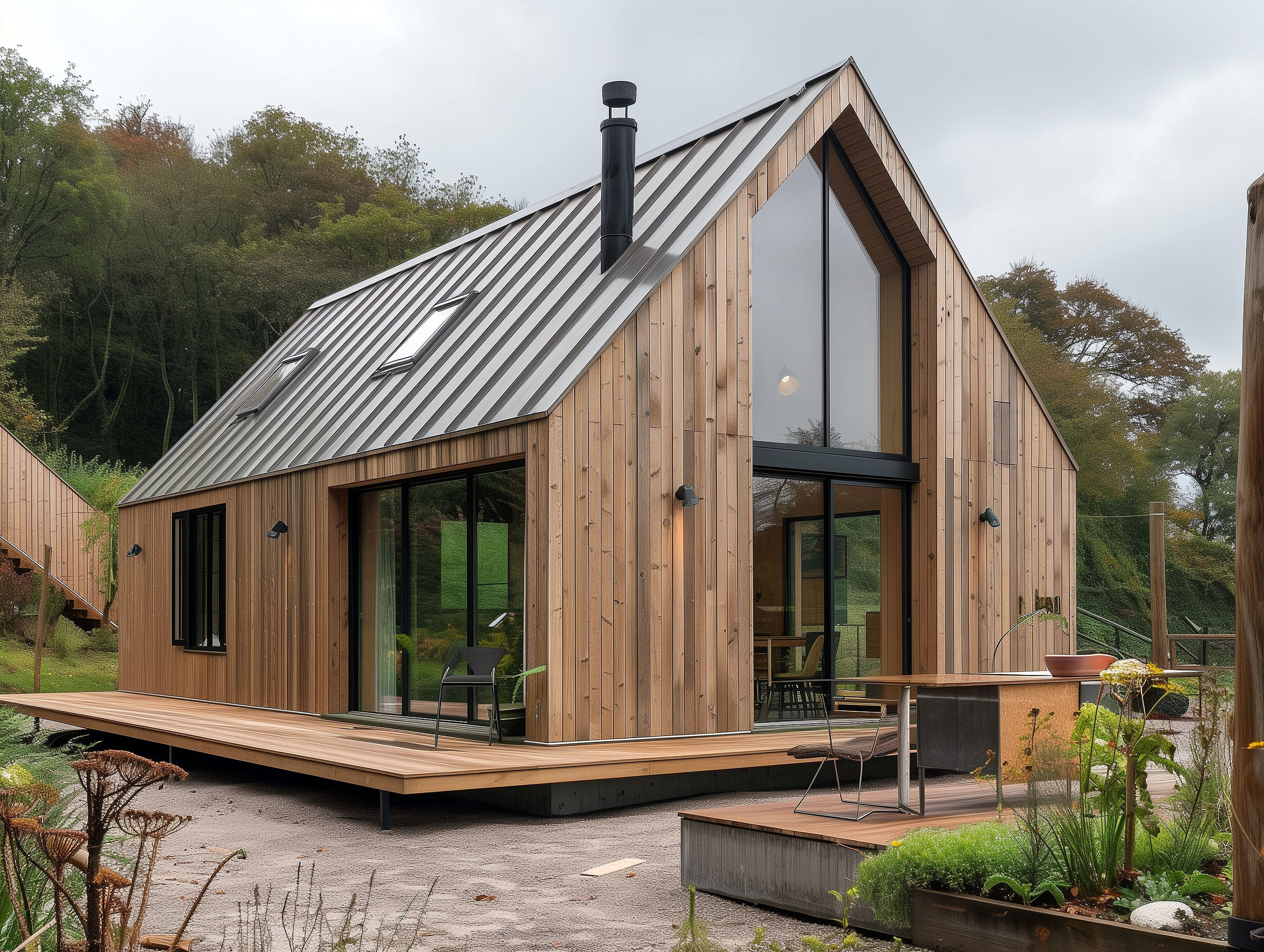
Understanding Permitted Development Rights for Mobile Homes and Caravans
Permitted Development Rights allow homeowners in the UK to make certain changes to their property without the need for planning permission. While many are familiar with these rights in relation to sheds and outbuildings, fewer know that these rights extend to the use of caravans and mobile homes, which can be utilised as residential spaces under specific conditions.
Permitted Development Rights for Caravans and Mobile Homes
The Town and Country Planning (General Permitted Development) (Amendment) (No. 2) (England) Order 2008 and the Town and Country Planning General Permitted Development Order 1995 provide the legal framework that permits the use of mobile homes or caravans within the garden of a property. According to Section 29 (1) of the Caravan Sites and Control of Development Act 1960, a mobile home or caravan can be placed in the garden of a dwelling and used for residential purposes, such as a granny annex, without the need for planning permission.
It’s important to note that while sheds and other outbuildings under Permitted Development Rights cannot be used as residential spaces, a mobile home or caravan placed in the garden can be used for residential purposes, provided it remains within the residential curtilage of the dwelling.
Addressing Access Issues for Large Mobile Homes
A common concern is how to deliver and place a large mobile home, especially if access to the site is restricted. Fortunately, planning laws focus on the structure itself rather than the means of access. This was clarified in the Brightlingsea Haven Limited v. Morris and others 2008 EWHC 1928 (QB) case, which established that as long as the structure conforms to the legal requirements, the method of delivery or potential difficulties in accessing the site are not considered in planning terms.
For properties with restricted access, twin-size mobile homes can be delivered in multiple sections and assembled on-site. This was supported in the Brentall v. Erewash 2002 appeal decision, where it was ruled that even if a mobile home needs to be craned over buildings or involves complex delivery procedures, it can still be legally placed and used as a residential annex.
Practical Considerations
1.Legal Compliance: Homeowners should ensure that their use of a mobile home or caravan as a residential annex complies with all relevant regulations. While planning permission might not be required, it is still crucial to meet the criteria set out in the relevant Acts and Orders.
2.Utility Connections: Proper connections for utilities such as electricity, water, and sewage are essential for making the mobile home habitable. These installations must adhere to the necessary safety and building regulations.
3.Impact on Neighbours: It’s advisable to communicate with neighbours about the placement of a mobile home, especially if it involves significant delivery procedures. Good communication can help avoid disputes and ensure smooth implementation.
Using a mobile home as a residential annex within the garden of a house offers a flexible and practical solution for expanding living space without the need for formal planning permission. By understanding and adhering to the conditions and regulations surrounding Permitted Development Rights, homeowners can enhance their property and accommodate additional living arrangements efficiently.
A Comprehensive Guide to Permitted Development Rights for Mobile Homes in the UK
Understanding Permitted Development Rights
Permitted Development Rights (PDRs) in the UK allow homeowners to make specific alterations and additions to their property without the need for planning permission. These rights are crucial for those looking to expand their living space, whether through the addition of outbuildings, extensions, or, in some cases, the use of mobile homes or caravans as residential annexes.
Permitted Development Rights for Mobile Homes and Caravans
While most people are familiar with the PDRs that allow for the construction of sheds, garages, or other outbuildings within their garden, fewer are aware that these rights can extend to mobile homes and caravans. Under the Town and Country Planning (General Permitted Development) (Amendment) (No. 2) (England) Order 2008 and the Town and Country Planning General Permitted Development Order 1995, mobile homes or caravans can be stationed within the residential boundary of a dwelling house and used as a residential annex, provided they meet certain conditions.
Conditions for Using a Mobile Home as a Residential Annex
1.Location Restrictions: The mobile home or caravan must be placed within the residential curtilage of the house, meaning it should be within the immediate surroundings of the dwelling and not on separate land. The structure should not be placed on land designated as a conservation area, national park, or ‘Article 2(3)’ land where stricter controls apply.
2.Usage Requirements: The mobile home should be used in a manner that is incidental to the main dwelling. This typically means it should be used by family members and not rented out as a separate private residence. It is intended to serve as an extension of the main house, for example, as a granny annex or additional guest accommodation.
3.Assembly and Access: In situations where access to the site is restricted, mobile homes can be assembled on-site. This has been upheld in several legal cases, such as Brightlingsea Haven Limited v. Morris and others 2008 EWHC 1928 (QB), which confirmed that the structure itself must conform to the law, regardless of how difficult it may be to deliver or remove the structure. Similarly, Brentall v. Erewash 2002 established that twin-size mobile homes could be delivered in sections and assembled on-site, even if this involves complex procedures such as craning the units over existing buildings.
4.Legal Compliance: Homeowners must ensure that their use of a mobile home as a residential annex is fully compliant with all relevant legal frameworks, including the Caravan Sites and Control of Development Act 1960. This Act outlines the conditions under which caravans can be used within residential areas, and adherence to these conditions is crucial to avoid legal issues.
Practical Considerations
1.Impact on Property Value: Adding a mobile home as a residential annex can increase the value of your property, provided it is well-integrated into the existing environment. Homeowners should consider the design, placement, and potential impact on the aesthetics of their property.
2.Utility Connections: Ensure that the mobile home is properly connected to essential services such as electricity, water, and sewage. This not only makes the mobile home habitable but also ensures compliance with safety and building regulations.
3.Neighbourhood Relations: It is advisable to inform neighbours about your plans to install a mobile home, especially if the installation process involves large vehicles or cranes. Good communication can help prevent disputes and ensure a smooth installation process.
4.Maintenance and Longevity: Consider the long-term maintenance of the mobile home. Regular upkeep will ensure that the structure remains in good condition and continues to add value to the property.

